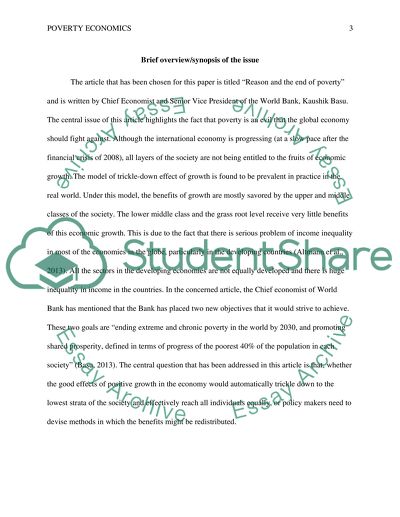Cite this document
(“Poverty Economics Research Paper Example | Topics and Well Written Essays - 1750 words”, n.d.)
Retrieved from https://studentshare.org/macro-microeconomics/1489841-poverty-economics
Retrieved from https://studentshare.org/macro-microeconomics/1489841-poverty-economics
(Poverty Economics Research Paper Example | Topics and Well Written Essays - 1750 Words)
https://studentshare.org/macro-microeconomics/1489841-poverty-economics.
https://studentshare.org/macro-microeconomics/1489841-poverty-economics.
“Poverty Economics Research Paper Example | Topics and Well Written Essays - 1750 Words”, n.d. https://studentshare.org/macro-microeconomics/1489841-poverty-economics.


